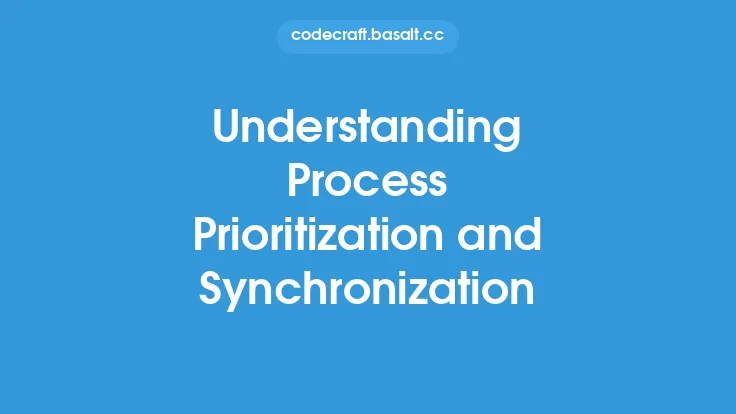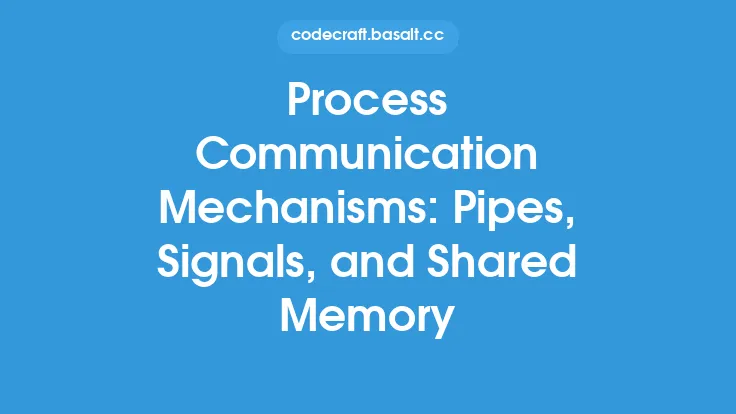Virtual memory and paging are fundamental concepts in memory management, allowing operating systems to efficiently manage memory and provide a seamless user experience. At its core, virtual memory is a memory management capability that enables a computer to use more memory than is physically available in the system's RAM. This is achieved by temporarily transferring pages of memory to disk storage, a process known as paging out, and retrieving them when needed, known as paging in.
Introduction to Virtual Memory
Virtual memory is a combination of physical RAM and hard drive storage, which appears to the operating system and applications as a single, contiguous address space. The virtual memory system provides several benefits, including the ability to run multiple applications simultaneously, even if the total memory requirements exceed the available physical RAM. It also allows for more efficient use of memory, as unused or infrequently used pages can be paged out to disk, freeing up physical RAM for more critical applications.
Paging Mechanism
Paging is the process of dividing virtual memory into smaller, fixed-size blocks called pages. Each page is a contiguous block of memory that can be paged in or out as needed. The operating system maintains a page table, which maps each virtual page to a physical page frame in RAM or a location on disk. When a page is accessed, the operating system checks the page table to determine if the page is in physical RAM. If it is, the operating system can access the page directly. If the page is not in RAM, the operating system generates a page fault, which triggers the paging mechanism to retrieve the page from disk.
Page Replacement Algorithms
When the operating system needs to page out a page to disk, it must decide which page to replace. This decision is made using a page replacement algorithm, which selects the page that is least likely to be needed in the near future. Common page replacement algorithms include First-In-First-Out (FIFO), Least Recently Used (LRU), and Optimal Replacement. The choice of algorithm depends on the specific requirements of the system and the trade-offs between performance, complexity, and overhead.
Page Fault Handling
When a page fault occurs, the operating system must handle the fault by retrieving the page from disk. This process involves several steps, including interrupting the current process, checking the page table to determine the location of the page on disk, reading the page from disk into a free page frame in RAM, and updating the page table to reflect the new location of the page. The operating system may also need to handle other issues, such as resolving any conflicts that arise when multiple processes attempt to access the same page simultaneously.
Virtual Memory Management
Virtual memory management involves several key components, including the page table, the page frame allocator, and the disk storage manager. The page table maintains the mapping between virtual pages and physical page frames, while the page frame allocator manages the allocation and deallocation of page frames in RAM. The disk storage manager handles the storage and retrieval of pages on disk. The operating system must also manage the virtual memory system as a whole, including handling page faults, managing the page replacement algorithm, and optimizing system performance.
Advantages and Disadvantages
Virtual memory and paging offer several advantages, including the ability to run multiple applications simultaneously, more efficient use of memory, and improved system reliability. However, they also introduce some disadvantages, such as increased overhead due to page faults and disk I/O, potential performance degradation due to paging, and increased complexity in the operating system. Overall, the benefits of virtual memory and paging far outweigh the drawbacks, making them essential components of modern operating systems.
Real-World Applications
Virtual memory and paging are used in a wide range of real-world applications, from desktop operating systems to mobile devices and embedded systems. They are particularly useful in systems where memory is limited or where multiple applications need to run simultaneously. For example, in a desktop operating system, virtual memory allows multiple applications to run at the same time, even if the total memory requirements exceed the available physical RAM. In a mobile device, virtual memory helps to optimize memory usage and improve system performance, allowing for a more responsive and efficient user experience.
Conclusion
In conclusion, virtual memory and paging are fundamental concepts in memory management, allowing operating systems to efficiently manage memory and provide a seamless user experience. By dividing virtual memory into smaller, fixed-size blocks called pages, the operating system can manage memory more efficiently, allowing for more applications to run simultaneously and improving system performance. While virtual memory and paging introduce some overhead and complexity, the benefits they provide make them essential components of modern operating systems. As technology continues to evolve, the importance of virtual memory and paging will only continue to grow, making them a critical area of study for anyone interested in operating systems and memory management.





